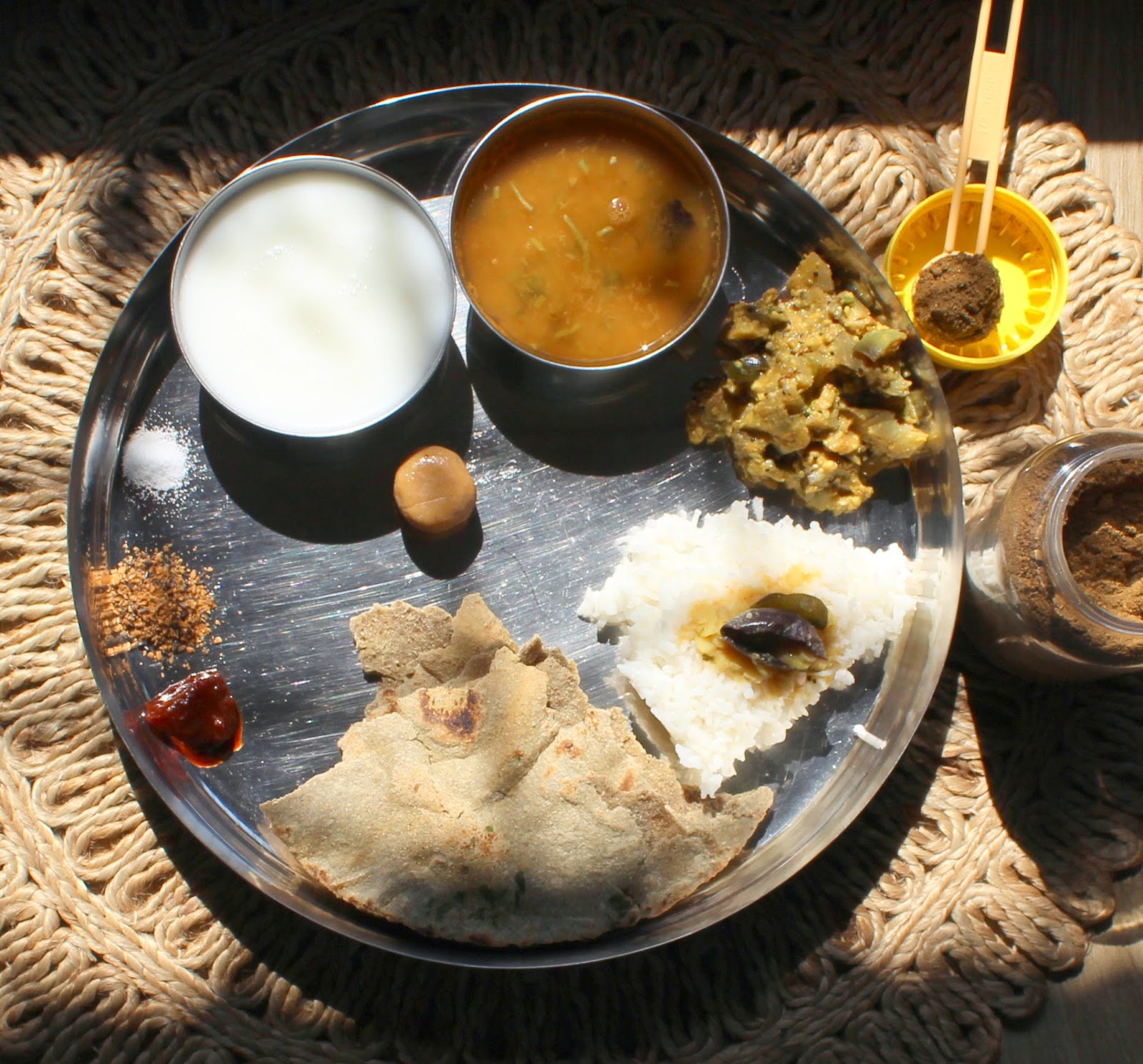Flash back to the days in Fort, there is a Jalaram Bappa and Ambe Mata temple in the building opposite my home. The bhajan is in full swing, me standing at the window and sticking out my head as a kid and there is a promise of Gor papdi prasad. Dad warns not go down at night. So I tell Ji, my grand old neighbor that if she goes down to the temple to get prasad for me. I tell Bharat to keep prasad for me. Ensure I get atleast one pudi of prasad (wrapped in newspaper).
Next morning we go to the temple and the potbellied pujari hands me a packet. Thrilled to bits I rush up and nibble the small piece. Then Ji asks if I want the prasad and I happily nod a yes. Bharat too ensures he drops in prasad at my home along with the milk bottle he drops everyday.
At another time Mom is discussing what to make as travel snacks for us to take on our yearly trip to Ganagapur-Akalkot-Gondavale and Kaki, Rajput suggests that we make khari puri and Gor papdi. So the two of them decide it would be made in the afternoon. Kaki would teach my Mom.
I would be pottering around and listening to Kaki's stories of travel. This image of gor papdi tied up in a cloth potli has stayed in my mind. Of the travelers eating it under the tree and drinking water from a kamandalu.
Flash forward to now. For our family trip to Gondavale besides many other things I made Gor papdi. This traditional sweet is made from pantry staples and gets done in less than 30 mins.
Ingredients
1 cup whole wheat flour
1/2 cup ghee
1/2 jaggery
1/8 cup water
5-6 cardamoms
2-3 tablespoons poppy seeds
(This recipe can be doubled or tripled in all proportions very easily. I used 3 cups of wheat flour for the tray of gor papdi you see in the pics.)
(This recipe can be doubled or tripled in all proportions very easily. I used 3 cups of wheat flour for the tray of gor papdi you see in the pics.)
First grease a plate and keep it ready.
In a kadhai heat ghee, once molten add the wheat flour slowly to it. Keep mixing and stirring till the wheat flour is browned and smells nutty.
Meanwhile separately in a saucepan add the water and jaggery and heat till it dissolves completely.
Pour the jaggery liquid into the ghee roasted wheat flour. At this point use the seeds of cardamom after crushing them. Stir till it starts leaving the sides of the kadhai and forms a mass at the center. About 5-6 mins.
Now transfer the mass onto the greased plate. Even it out with a katori. Sprinkle poppy seeds. Level it well. Let it set a bit and then cut up into pieces. Let it cool completely.
Once cooled pack it into a box. It stays fresh for 15 days.
That's a healthy and nutritious snack for you better when you travel excellent for hikking trekking trips.






























